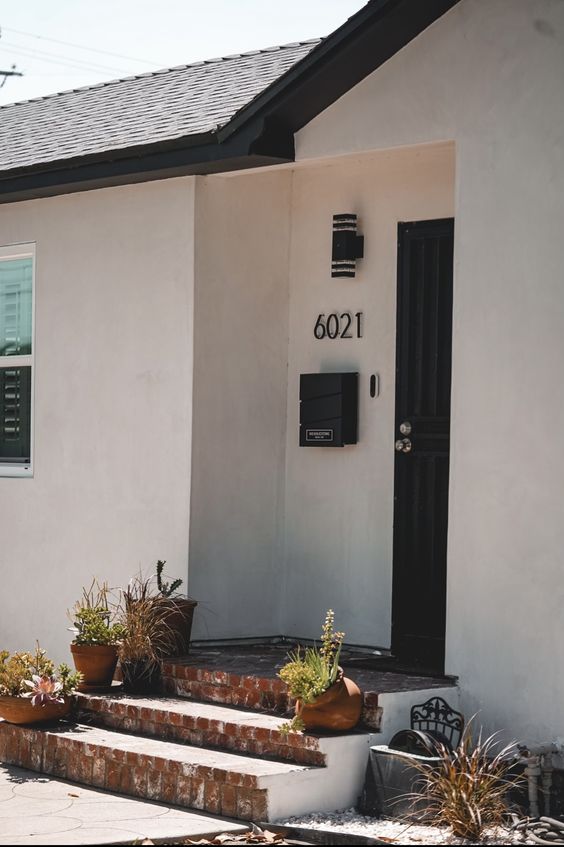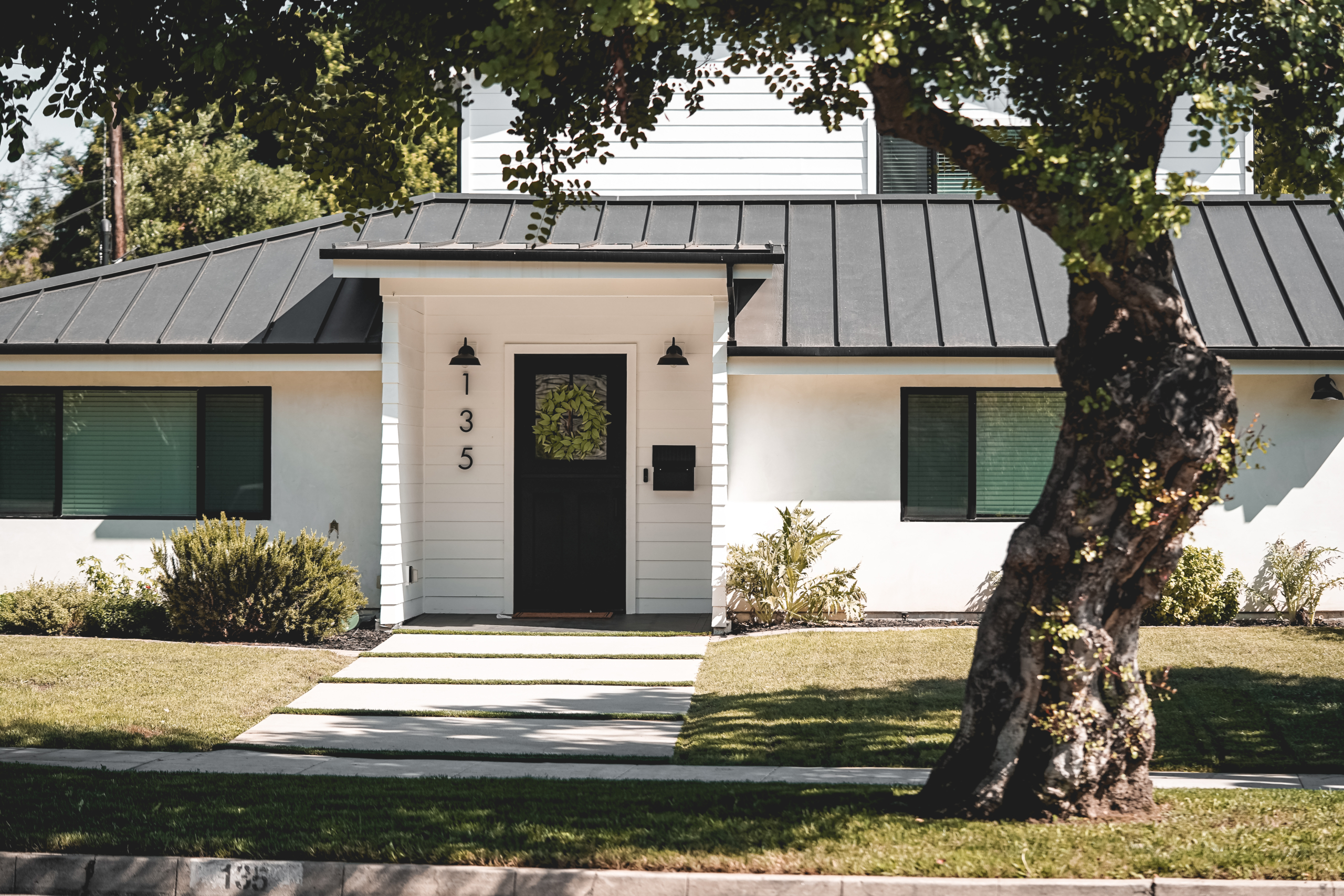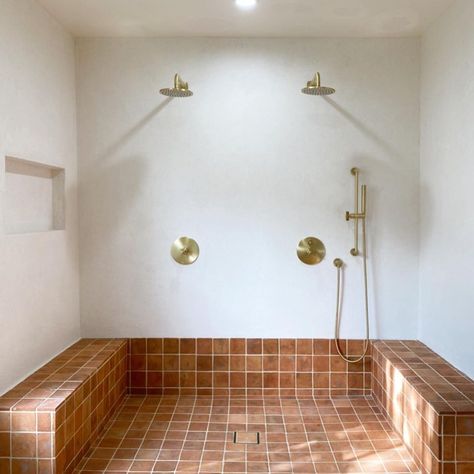When it comes to home improvement and maintenance, selecting the right exterior paint might not be the first thing that comes to mind. However, the type of paint you choose can significantly impact the appearance, durability, and overall health of your home’s exterior. In this article, we’ll explore why the type of exterior paint you choose matters and how it can make a substantial difference in the long run.
1. Protection against the Elements
One of the primary functions of exterior paint is to shield your home from the elements. Rain, snow, UV rays, and fluctuating temperatures can all take a toll on your home’s exterior surfaces.
The right type of exterior paint serves as a protective barrier, preventing moisture from seeping into your walls and protecting them from the damaging effects of the sun. High-quality paints are designed to resist peeling, cracking, and fading, ensuring that your home remains beautiful and well-maintained.
2. Enhanced Curb Appeal
The exterior of your home is the first thing people see, and it makes a lasting impression. The type of paint you choose can greatly influence your home’s curb appeal. A fresh coat of paint in the right color can transform your home’s appearance, making it look more inviting, well-maintained, and visually appealing. Whether you’re planning to sell your home or simply want to enjoy it more, choosing the right paint can have a significant impact on how your property is perceived.
3. Long-Term Cost Savings
While high-quality paints may have a slightly higher upfront cost, they can lead to significant long-term savings. Cheap paints may require more frequent repainting due to their lower durability and resistance to the elements. This means more time and money spent on maintenance. In contrast, investing in a premium exterior paint can extend the time between repaints, saving you money in the long run.
4. Preserving the Structural Integrity
Paint not only enhances the aesthetics of your home but also plays a crucial role in preserving its structural integrity. Properly applied paint can help seal cracks and gaps in your exterior, preventing moisture from infiltrating your walls, siding, and trim. This moisture protection is essential for preventing rot, mold, and other costly structural damage that can arise from prolonged exposure to the elements.
5. Climate Considerations
Different regions have varying weather patterns and climate conditions. The type of exterior paint you choose should be tailored to your specific climate. For example, homes in regions with extreme temperature fluctuations may benefit from paints designed to expand and contract with temperature changes. Areas with high humidity might require paints that resist mildew and mold growth. Considering your climate when selecting paint will ensure it performs optimally and lasts as long as possible.
In conclusion, the type of exterior paint you choose is far from a trivial decision. It plays a crucial role in protecting your home from the elements, enhancing its curb appeal, and preserving its structural integrity. While the upfront cost of high-quality paint may be slightly higher, it pays off in the long run with increased durability, reduced maintenance, and improved aesthetics. So, the next time you’re considering a home improvement project, remember that the paint you choose matters more than you might think.
Check out What Type of Paint is Best for Exterior House? for more inspirational ideas.


